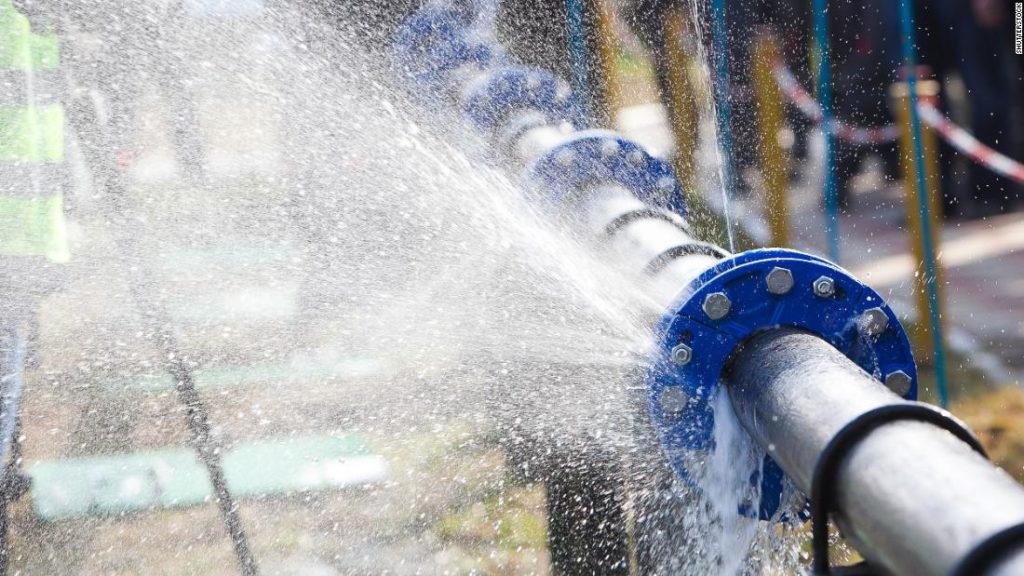Ravid created an artificial intelligence-powered water meter called WINT. The unit integrates into existing pipe systems, where it can learn the normal water flow, detect when things go wrong, and shut off malfunctioning parts before any damage is done, according to Yaron Dycian, chief product and strategy officer at WINT Water Intelligence, a startup based in Tel Aviv.
WINT communicates with the cloud over a cellular network to deliver real-time analytics and alerts through its app.
Launched in 2012, the company’s technology was originally designed for homes but has since started targeting companies that are looking not only to prevent damage but also to waste less water.
The huge cost of water damage
“It’s quite amazing the amount of damage that water can cause in a building,” he tells CNN Business. “A pipe breaks on the 20th floor, water trickles down and anything in its wake is really destroyed. We have customers who have lost tens of millions of dollars in a single event like this.”
“We’ve had a number of issues around leaking pipes in the final throes of construction that caused millions of pounds’ worth of damage,” says Paul Connolly, technical director for Mace.
Beyond the financial cost, Connolly says damage to reputation and rising insurance premiums forced the company to look for solutions. Today, WINT is incorporated into each new Mace construction site, which Connolly says has helped their bottom line and their sustainability goals.
WINT typically saves users 20 to 25% in water consumption, according to Dycian.
Saving water
With water supplies under pressure globally, it’s more important than ever to cut down on consumption and wastage. Even a small or slow leak can waste a lot of water; a 3-millimeter crack in a pipe can waste about 946 liters (250 gallons) of water per day, according to American Water Resources.
“Here’s water scarcity (and) here’s a huge business problem that’s causing massive damages — and a solution that manages to solve both,” he says. “That’s exciting to me.”
Correction: An earlier version of this article misidentified the founder of WINT.
You may also like
-
Afghanistan: Civilian casualties hit record high amid US withdrawal, UN says
-
How Taiwan is trying to defend against a cyber ‘World War III’
-
Pandemic travel news this week: Quarantine escapes and airplane disguises
-
Why would anyone trust Brexit Britain again?
-
Black fungus: A second crisis is killing survivors of India’s worst Covid wave

